Just as the history of art shows, the human species has evolved creatively over the centuries. From primitive to abstracted insights, the creative learning curve for the species is fractal-like in it’s expression. The very large reflects the very small. It is a large-scale representation of an individual’s growth toward mastery.
I watch my mentorship students go through many of the same problems, some at the same time. Some are more advanced but still come across the same problems at a particular stage. No one skips these steps. They encounter them the same way, but it’s when and how they address them as to whether they advance quickly or slowly.
Same way for me. And still working on it.
I had an aspiring artist tell me once that he’d like to skip all the problem steps and get right to the stuff that matters. “Wouldn’t that be great,” I said. “Unfortunately, you’d end up with nothing to say.” The problems are what forms us.
We develop our way to uniqueness. Artists are not forced to create, nor are they meant to do anything important. We have to find our voice. It doesn’t spring forth fully loaded when we aren’t looking. In this way, we find ourselves by doing.
Below is a series of general steps encountered to mastering art, starting from our initial impulse and progressing to maturity. Some steps take longer than others. Some steps stall us and we quit at that stage. Some steps never get resolved and we cycle it over and over again. Like Groundhog Day.
There are no guarantees. The only solution is to stay with it.
We try to understand how to draw something.
As children we begin by doing, without any lessons at all.
We record objects.
As we develop, we become interested in making things look like they are in reality.
We copy other methods.
We begin to notice others doing the same, and are drawn to those visions that make us want to copy those actions.
We copy other ideas.
We look at, study, and copy what other creatives have done. We try to make a duplicate, to see what that feels like. We use the training we gained from trying to make things look like our observations.
We express ideas from those ideas.
Ideas lead to ideas. This allows us to see other concepts and shift into similar ideas, based on the skills gained at this point.
We use ideas to stimulate our interests.
These ideas make connections for us that increase our desire for more. This leads to more curiosity.
We express interests in familiar ways.
We gain insight from these interests by imitating them further and practice our abilities based on familiar, comfortable skills.
We express interests in experimental ways.
We become playful again and stretch and pull ideas, forms, and shapes to distort from observation.
We define our approach.
We now recognize our own methods used to create a work. What we have problems with, what we are comfortable with, what we are good at.
We train our technique.
We follow this for quite awhile. We persevere at getting our skills to work well.
We understand and accept basic principles.
We return to look at basic principles in search of more information to keep our voice in a state of growth.
We combine principles with experience.
We blend these classic principles with previous problems encountered and find solutions to continue learning who we are.
We refine our approach.
We find a voice within these parameters of copying, problems, experience, basics, revision. We give it accurate, refined attention.
We state our vision.
We come to a point where we own what we have developed and use it to communicate. Our vision becomes our voice.
Even here, at this advanced stage of development, there is plenty of room for more growth.


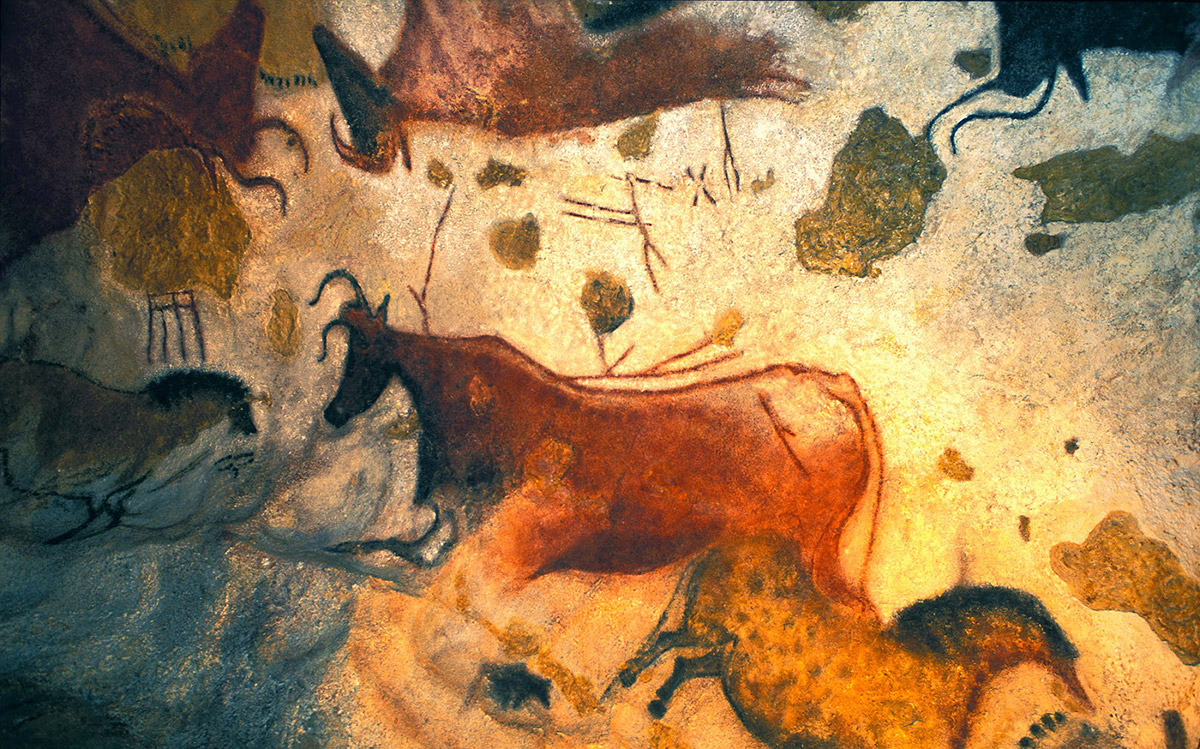
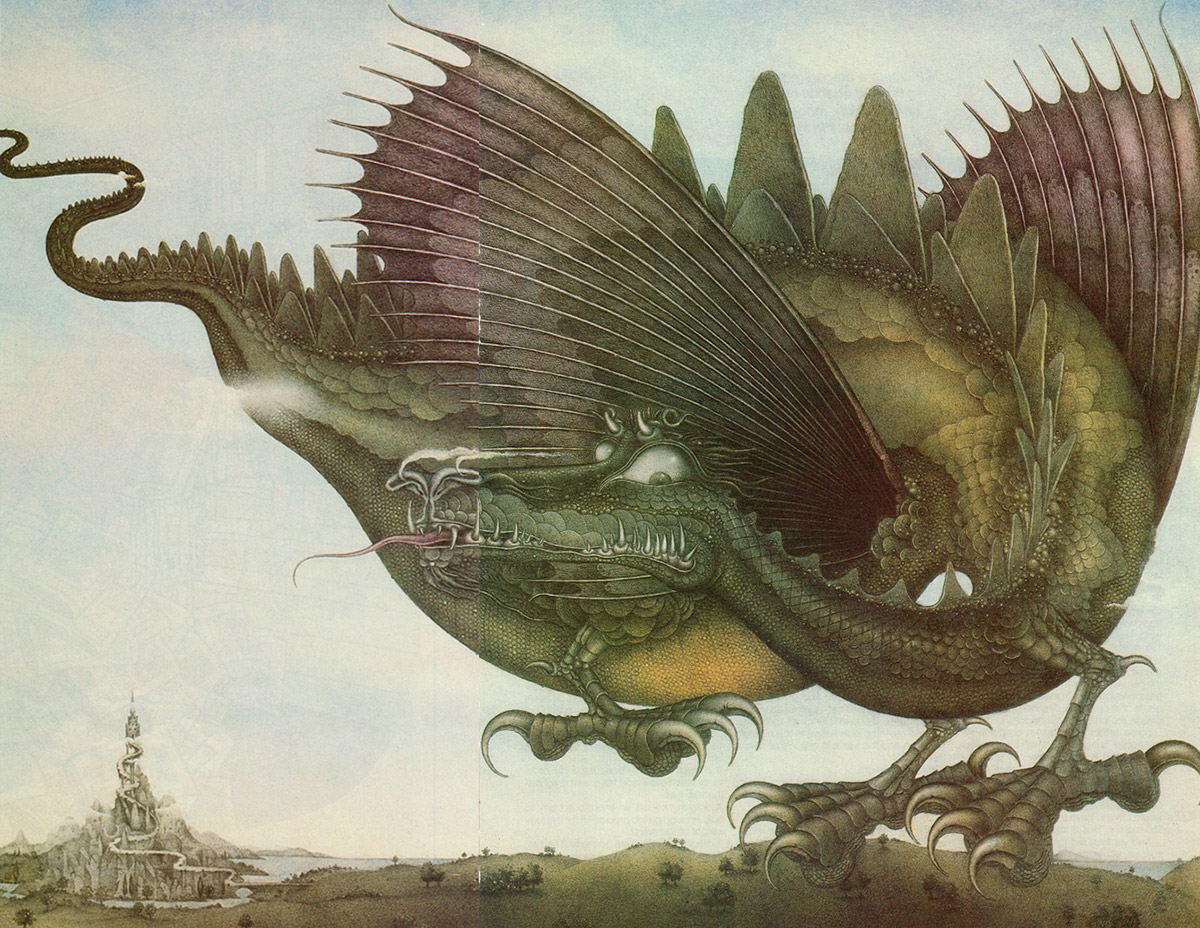
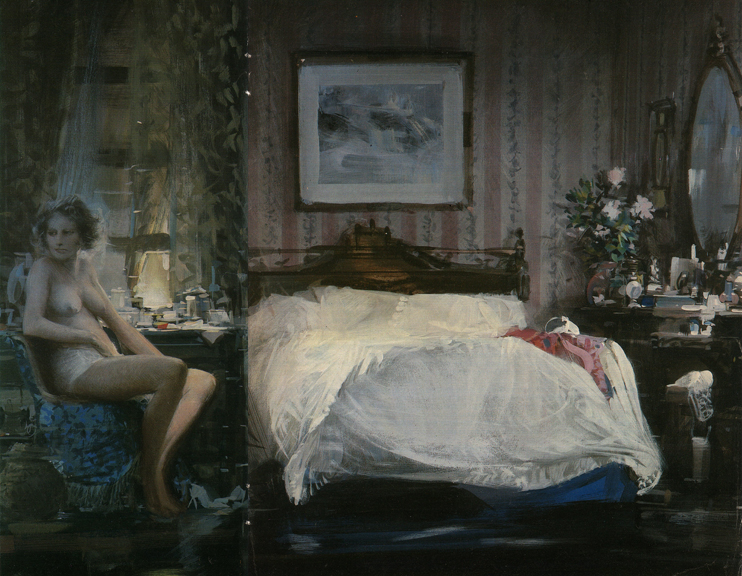
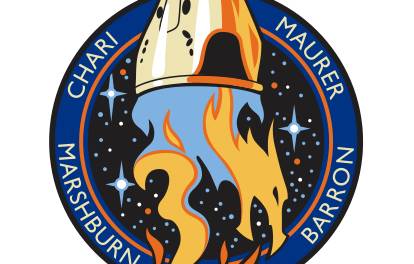
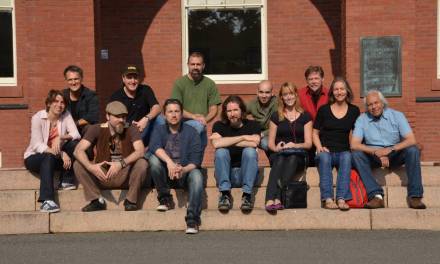

You know I have immense respect for how our ancestors wanted to leave their art! I feel that we are growing more yes! I am so excited!
As an artist, now in my 50s and considering greatly my artistic voice, I enjoyed this post. Reading these steps was like the first time I read the five stages (or7) or grief. I looked back on my career and could pinpoint where I was at each step.
Thanks Greg